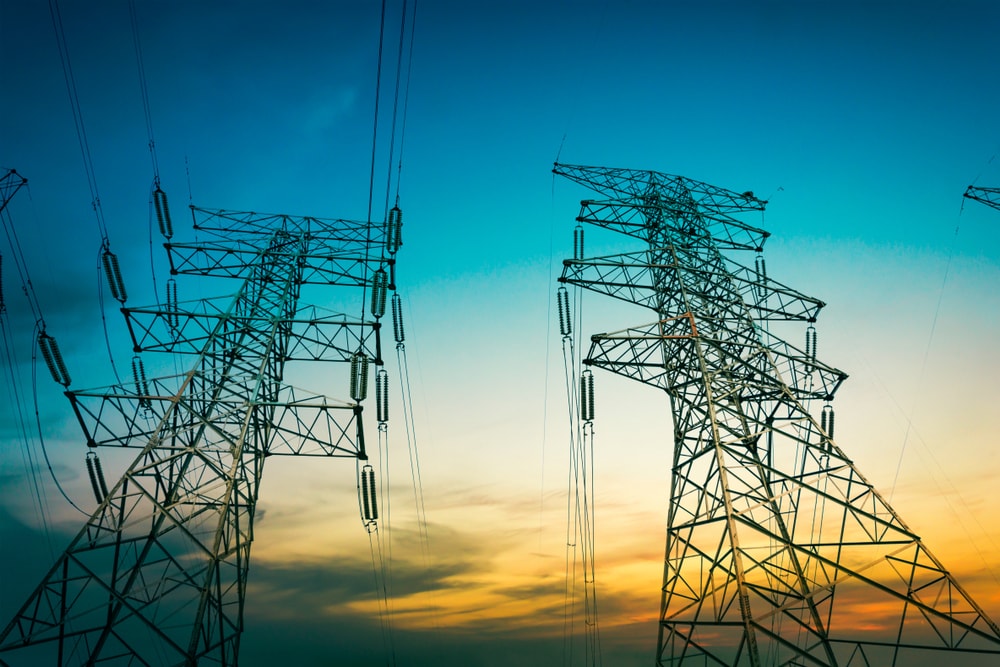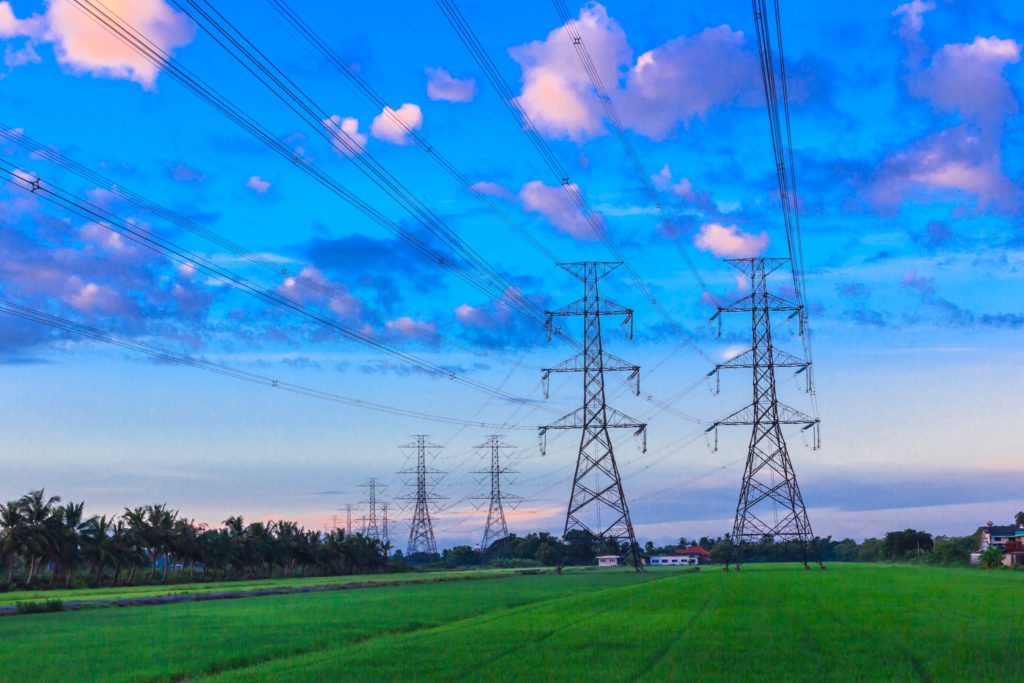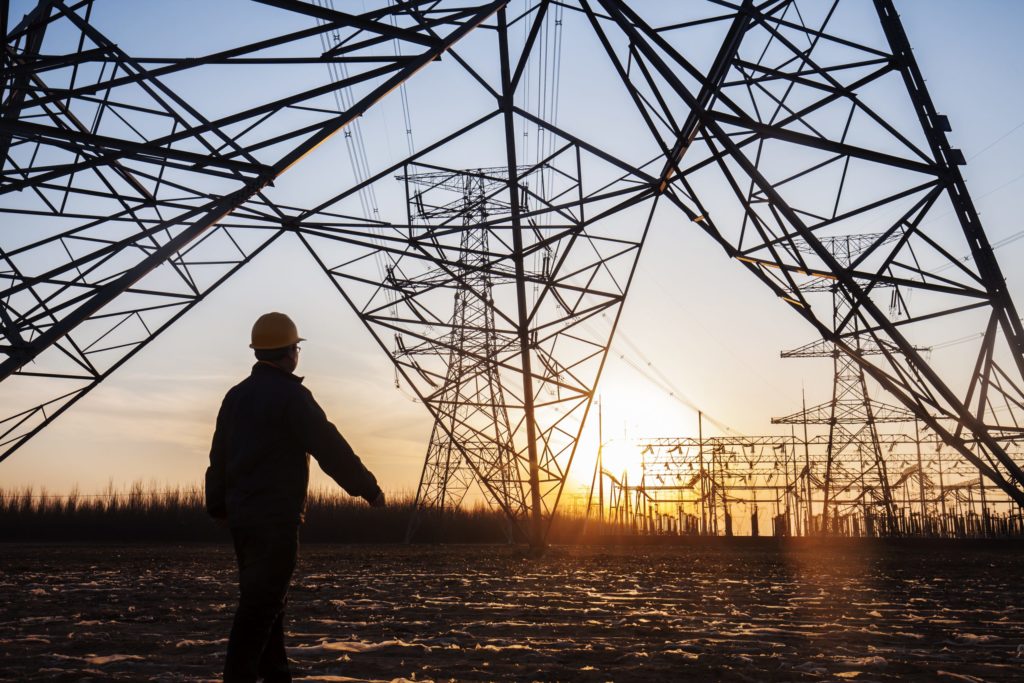Low-Energy Fridays: This Small Tax Provision Has Big Energy R&D Implications
In D.C., rumor has it some tax policy changes may be on the horizon—with big implications for the energy sector. One reason these discussions are cropping up now is that a key provision of the 2017 tax reform—expensing for research and development (R&D)—was only temporary and expired in 2022. This provision has been a boon to R&D investment, which is critical to solving problems in the energy sector.
Of course, much of this reflects a common political gambit: If you can’t pay for all the tax cuts you want, pay for them temporarily and let a future administration take the blame for a tax increase when they fail to keep them. When it comes to expensing, though, this often-misunderstood tax provision is not a tax cut at all—it is simply a quirk of D.C. accounting that makes it look like one.
Serious challenges like climate change and scarcity make R&D expensing particularly important for the energy sector. Although much of the conversation centers on government-funded innovation, there is seven times as much private investment in energy than public investment. R Street research found that, post-tax reform, energy and environment R&D did enjoy a big bump of nearly 12 percent in 2018—previously it took five years to climb by just two percent. Returning to the old way of doing R&D likely also means a return to stagnant innovation.
So what is expensing, and why wouldn’t the government just go ahead and do it? The simple answer is that expensing is poorly understood, and politicians rarely value its long-term benefits over short-term costs.
In tax parlance, “expensing” is the immediate deduction of a cost from a company’s tax liability. Since the government taxes profits, it needs to define the expenses that don’t count toward profit. Some things, like employee payrolls, are easy. But what about R&D investments?
Historically, the government handled these tax liabilities through a process called amortization, where the expense was deducted from the tax liability over time—anywhere from five to 15 years. Expensing, on the other hand, is a process by which the entire cost is fully deducted in the year the expense occurs.
From an economic perspective, expensing is preferable because dollars today are worth more than dollars tomorrow. It also incentivizes businesses to invest more because the lifetime cost of those investments is lower under expensing, and long-term profitability is greater with more upfront investment in capability. This investment increases productivity and stimulates economic growth. In fact, the Tax Foundation estimates permanent R&D expensing would increase long-run GDP by 0.1 percent. Incentives to innovate are stronger under expensing, and this is certainly true in the energy sector.
From a budgetary perspective, expensing doesn’t really change net tax liability over the long term. The government doesn’t get more money under amortization, it just spreads the tax deduction over a longer timeline. Expensing appears to cost money because tax deductions from outside the standard 10-year budget estimates shift forward in time. This reduces the government’s near-term revenues, making a bill that would have been due years later due today instead. To achieve the expensing alternative, politicians have to find the money to pay for it today—at a cost of about $213 billion.
But as R Street’s research on tax policy and energy and environment R&D shows, these policies are ultimately worthwhile, and proponents of energy innovation can’t afford to ignore them. If politicians want to foster a market that stimulates energy innovation to address issues from climate change to rising energy costs, then making R&D expensing permanent should be a no-brainer.









